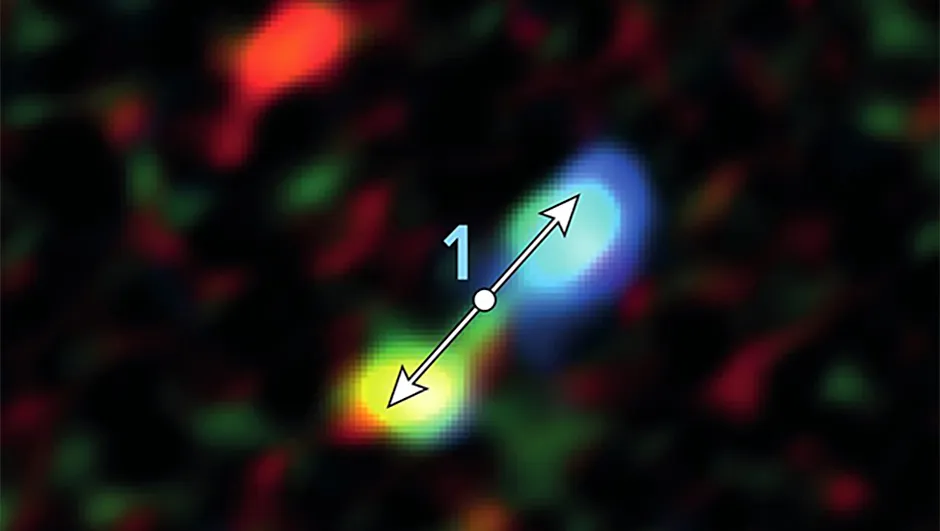Astronomers have discovered evidence that 11 low-mass stars are forming very close to the supermassive black hole at the centre of the Milky Way, defying the incredible tidal forces that should be enough to rip them apart in their early stages of formation.
At the centre of the Milky Way lies a supermassive black hole.
In the region surrounding it are powerful tidal forces and intense ultraviolet light and X-ray radiation.
These powerful forces do not favour star formation, as they should be powerful to rip apart the clouds of dust and gas out of which stars form.
Using the Atacama Large Millimeter/submillimeter Array (ALMA), astronomers found evidence of these protostars, which are thought to be about 6,000 years old, sitting just three lightyears from the supermassive black hole.
“Despite all odds, we see the best evidence yet that low-mass stars are forming startlingly close to the supermassive black hole at the center of the Milky Way,” says Farhad Yusef-Zadeh, an astronomer at Northwestern University in Illinois, and lead author on the paper.
“This is a genuinely surprising result and one that demonstrates just how robust star formation can be, even in the most unlikely of places.”

The team discovered the protostars by observing ‘double lobes’ of material around them.
These hourglass-like shapes are evidence of the early stages of star formation, and ALMA can observe them because molecules like carbon monoxide within them glow brightly in millimetre-wavelength light.
“This discovery provides evidence that star formation is taking place within clouds surprisingly close to Sagittarius A*,” says Al Wootten with the National Radio Astronomy Observatory in Charlottesville, Virginia, and co-author on the paper.
“Though these conditions are far from ideal, we can envision several pathways for these stars to emerge.”
The study suggests outside forces may be compressing the gas clouds allowing them to withstand the violent forces at play.
High velocity gas could could assist star formation as they force their way through the interstellar medium.
Or perhaps energetic jets given off by the black hole are hitting the gas clouds, compressing the material and triggering star formation.
